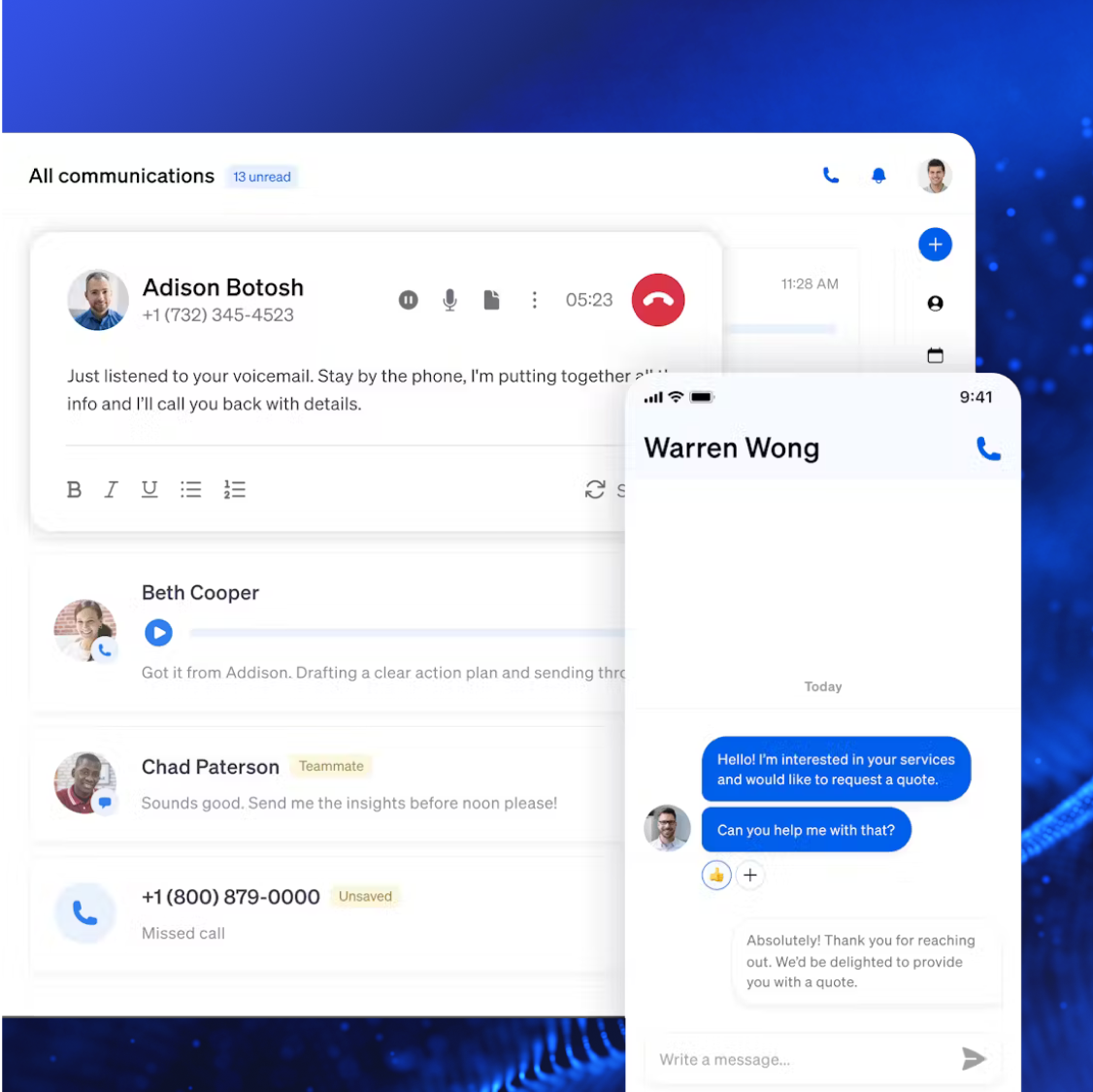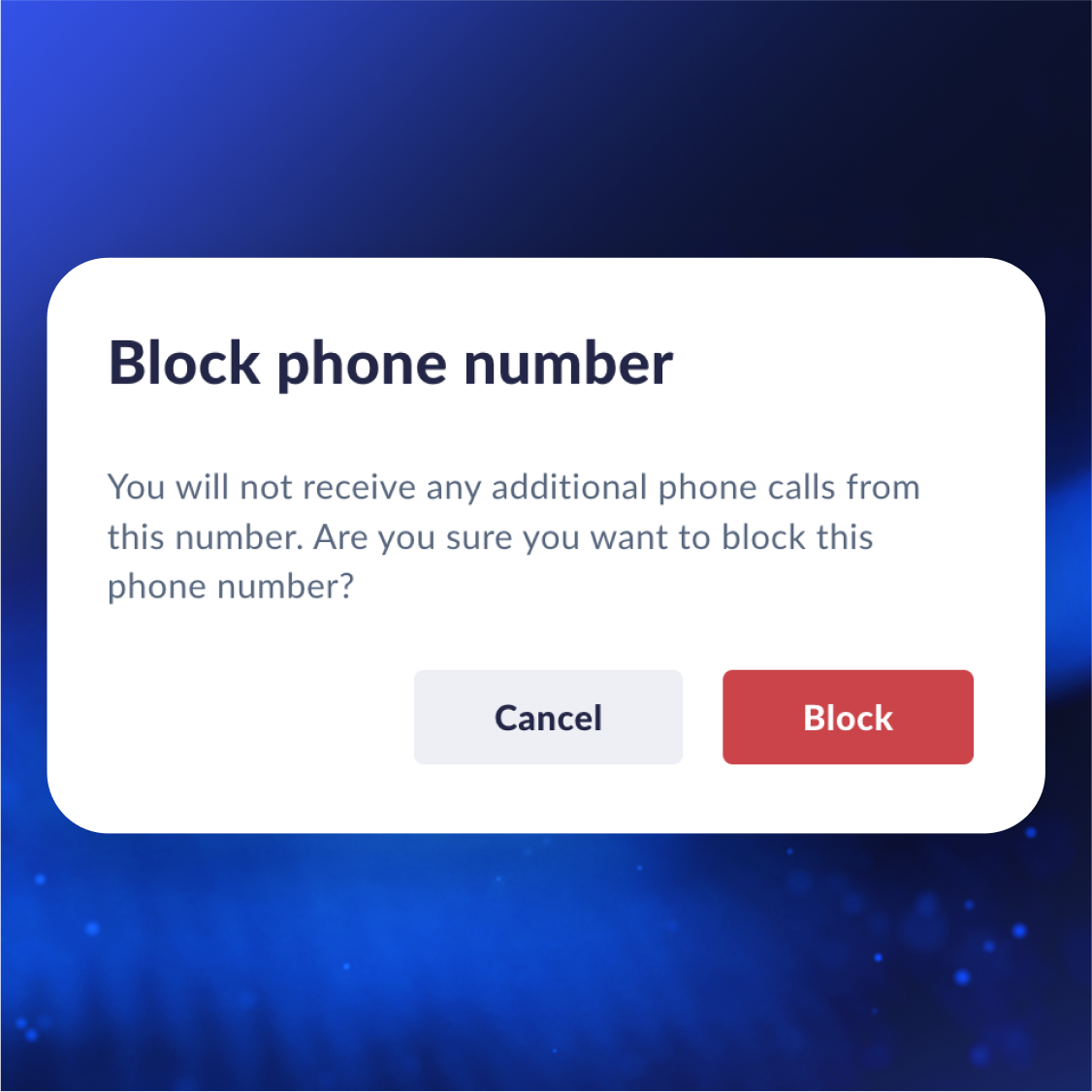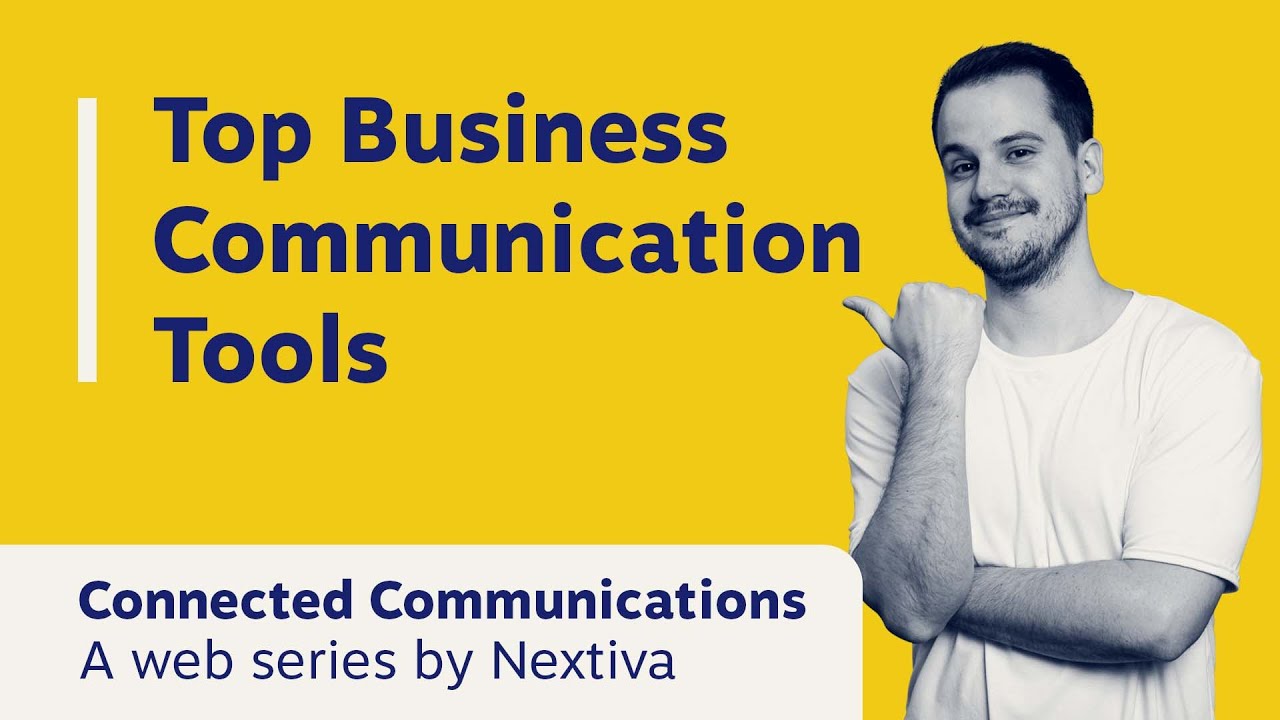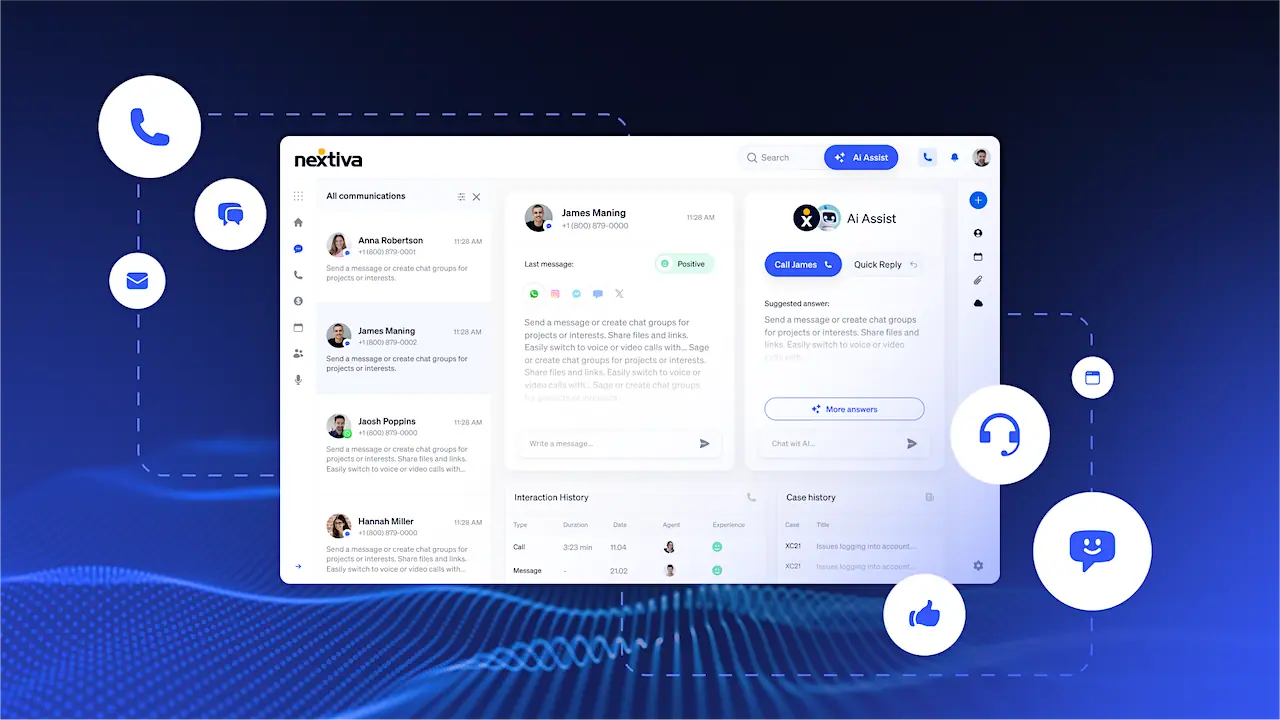When you get your phone bill, how do you feel?
Between all the confusing charges, marketing pamphlets, return envelopes, and stamps, reading your business phone bill can be a frustrating experience for any entrepreneur.
Who wouldn’t feel outraged when unexpected fees suddenly pop up on your bill? Better yet, what are all those line items in the billing statement anyway?
We feel your pain. Companies often pay higher phone bills than they need. We crafted this guide to help you make sense of your business phone bill and show you how to cut expenses by as much as 60%.
6 Ways to reduce your business phone bill
- Learn what your business phone bill includes
- Calculate your total cost of ownership
- See if you have any invalid charges
- Understand your operational needs
- What business phone features do you need?
- Consider switching to VoIP
1) What does a business phone bill include?
Like filing taxes, reading your company’s phone bill isn’t easy or enjoyable.
A cluttered phone bill is meant to do one thing: get you to pay without caring about the specific fees and charges. A flurry of fees is intentional, so you’ll pay without questioning them.
Let’s go over the basics.
Here are essential items in your business phone bill:
- Phone Usage: Usage from all phones in your company, which typically covers your basic phone service, overages, toll charges, long-distance, and roaming charges.
- Calling Plan: The type of plan for phone service that outlines the minutes of talk time or unlimited usage per phone.
- Services: Additional services attached to the calling plan will be itemized here. Don’t be surprised if the individual charges are approximately $2-5 each because phone companies wager that you likely won’t call to remove them. Examples include call forwarding, call waiting and three-way calling.
- Devices: Details on purchased or leased hardware that includes VoIP phones, cell phones, or devices that retrofit older POTS (Plain Old Telephone Service) are listed here.
- Late Fees: If you carried an outstanding balance outside of a grace period, you might have incurred a late charge.
- Discounts: If you had a special discount at the start of your service, it might be listed here. Don’t be surprised if discounts quietly disappear after your introductory period.
- Taxes, Surcharges, and Fees: This is the big one that bothers most people. A myriad of charges goes to Uncle Sam, but not all of them. Administrative, regulatory, sales taxes, and universal service and business license fees are optional for carriers to pass the fees onto you.
The Federal Communications Commission (FCC) recommends that all consumers review their phone bills regularly to understand the fees and charges they are paying.
2) Calculate your total cost of ownership
Not many business owners have factored in the total cost of ownership when establishing their phone service. Those that understand the benefits of using a hosted/leased business phone system instead of owning a depreciating asset will unlock massive business growth.
Here’s how to calculate the total cost of ownership:
Upfront Costs + (Maintenance + Recurring Costs) x Time
For example, the ownership cost a traditional phone system with a PBX to carry calls over a telephone network would include these total costs:
- Telephones
- PBX systems
- Legacy wiring
- IT staff
- Server room
- Internet connection
The total cost of a VoIP phone system includes:
- VoIP Phones
- VoIP service
- Internet connection
If your computers are already wired in, you can use the same Ethernet cabling to power your desk phones. Maybe you don’t want phones – just use your desktop, laptop, or smartphone for business calls.
The cost of ownership helps you realize the grant total instead of just the monthly fee itself. The cheapest option is not always the best option for a small business owner.
3) See if you have any invalid charges
Some business phone plans offer consistent, straightforward pricing. If you’re one of the unlucky ones, you might have crazy-high fees and not even know why. Here are three things you need to do to address high charges:
- Stop paying for minutes. It’s a fool’s game to limit your business to 1000 minutes of talk time. Especially if you sell or have to support a product, you’ll blow past your limit every month.
- Block premium toll fees. If you never need to call premium (toll) phone numbers that assess fees, you can block them by requesting it from your phone service provider.
- Restrict international calling. Unless you have VoIP phone service, one call overseas can wreck your business phone bill.
Even if the charges are valid, it doesn’t hurt to call and ask for credit. It might not work every time, but it beats letting your phone company walk over you.
You’ve worked hard enough for your money, don’t just give it away in service fees.
Related: VoIP Systems for Business: The 2019 Buyer’s Guide
4) Understand your operational needs
The underlying issue in most expensive business phone bills is that the business simply outgrew it. As your company has grown, you might not qualify for the discounts you had before.
When selecting a phone service provider for your company, you need to plan for growth. Here are several questions you can use to evaluate your needs and pick the right one:
- Does the provider offer straightforward pricing?
- Is it an introductory price, or will it stay the same?
- Can you instantly add more phone lines as your company grows?
- What will your employee headcount look like a year from now?
- Will you operate in multiple locations or have remote employees?
- Can your employees take business calls when outside of the office?
- Can you reach their customer support in seconds if you need help?
These questions might seem simple, but honestly, you want a phone service provider that doesn’t play games with you.
5) What business phone features do you need?
When it comes to appreciating your business phone service, you don’t necessarily need three dozen features. But what you need is a reliable service, a straightforward bill, and the right features that serve your company and customers alike.
After talking with many business owners, they’ve shared their favorite features with me:
- Unlimited nationwide calling to talk with customers and leads
- Online faxing to send and receive faxes with no hardware
- Custom Caller ID to entice leads to pick up the phone
- Auto Attendant to direct callers to the right person
- A toll-free number (like 800, 866) so they appear bigger than they are
- An app they have on their iPhone or Android so they can work outside of the office
- Getting voicemails delivered to their email
Beyond that, it’s up to you, but these are the key features successful businesses care about most.
Related: How Does VoIP Work? The Complete Guide to Understanding VoIP
6) Consider switching to VoIP
Look, landlines aren’t cheap. I get that. All you need is a broadband connection, and you can skip the phone company entirely. Most phone companies don’t want you to know that you can keep your phone number and take it with you. It’s true!
A decade ago, internet phone service cost business owners more than $50 a line. Today, it can be had for $20 per user per month—and you get everything you need like voicemail-to-email, an auto-attendant, and HD-quality calls.
Companies can cut their bills down by 60% by switching to VoIP. With dirt-cheap international calling, no setup fees, and unlimited nationwide calling, it’s a no-brainer. Phone companies just can’t keep up with the efficiency and lower costs that VoIP provides.
Request your free, no-obligation quote today.















 VoIP
VoIP 







